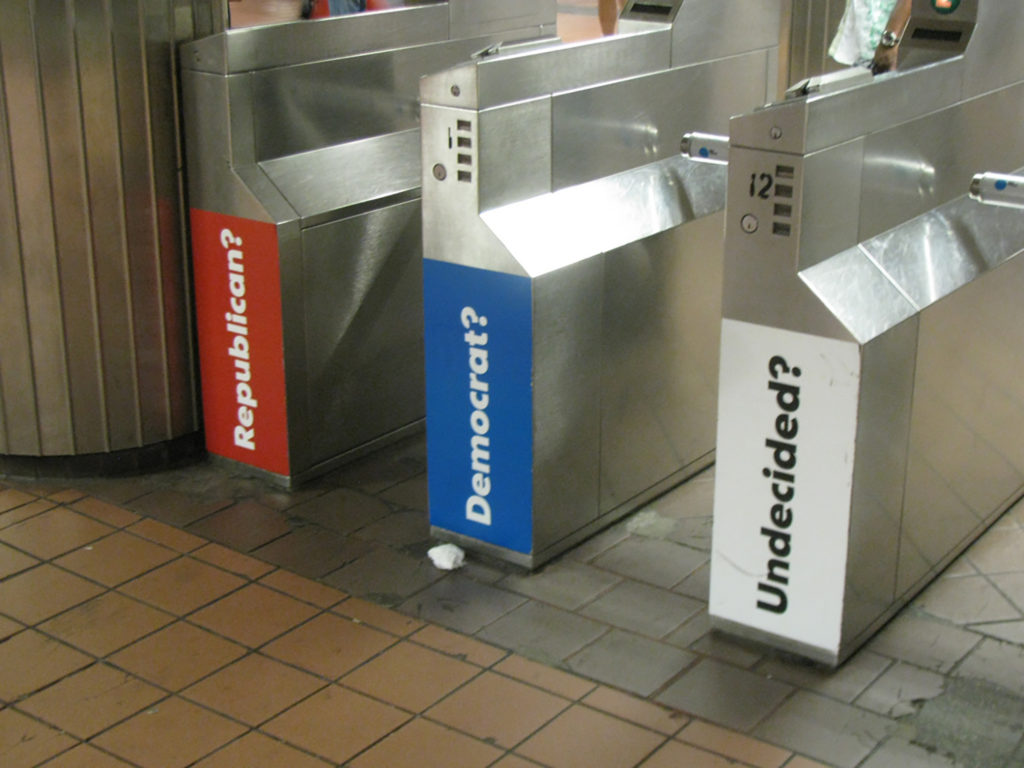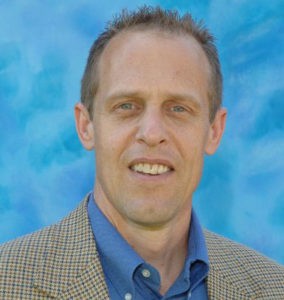As a congregational coach and clergy consultant, Mark Tidsworth is always looking for ways to illustrate to his clients how society and the world are constantly shifting around them.
But he hadn’t expected to find such lessons embedded in new analysis of the voters who put Donald Trump in the White House.
“I don’t tend to use political stuff very much with churches,” said Tidsworth, president of Pinnacle Leadership Associates, based near Columbia, S.C.
However, the findings of a study by the Democracy Fund Voter Study Group has Tidsworth thinking hard about using trends from the political realm to show congregations what’s going on in the culture at large.
“The Five Types of Trump Voters: Who They Are and What They Believe,” unpacks how distinct voter groups coalesced to hand Trump a win in November.
The study group is a collaboration of analysts and scholars from a variety of political backgrounds.
They found that there were five “unique clusters” of Trump voters: American preservationists, 20 percent; staunch conservatives, 31 percent; anti-elites, 19 percent; free marketeers, 25 percent; and the disengaged, 5 percent.
“There is no such thing as ‘one kind of Trump voter’ who voted for him for one single reason,” according to the report. Some voted for him enthusiastically, others did so as they “held their noses and voted against Hillary Clinton.”
They also hold widely different opinions on issues such as American identity, economics, immigration, race and trade, the report said.
For churches and ministers, the value of the information is not in who voted for the president and why, but to glimpse the fragmented culture in which their own ministries struggle to survive, Tidsworth said.
Assuming that Trump voters were a homogeneous group is like the assumptions many in the church make about certain demographics in their pews and in their communities, Tidsworth said.
And it is equally misinformed, he added.
“I see it in churches who ask how many on their Christian journey have been part of this particular denomination,” he said.
What they should be asking is “how many have been part of multiple denominations, because the latter is growing quickly and is now in the majority,” Tidsworth said.
Denominations are like political parties and candidates. Voters have a wide range of reasons for choosing one over another — and often going back again.

Churches can look at political party and candidate affiliations to understand the factors that influence church memberships. (Graphic/Janine and Jim Eden/Creative Commons)
It’s the same when people attend or join churches. Denominational loyalty has little to do with it anymore, Tidsworth said.
“That says to me that the motivations for uniting in a particular church are not the same motivations that they used to be,” he said.
“Denominationalism, like party affiliation, is declining.”
Churches should, like political parties, always be considering and reconsidering their purpose and what it means to follow Christ in a culture in a state of flux.
It takes a greater maturity on the part of congregations and ministers to enter into dialogue with individuals and a society who are following Jesus in new ways, he said.
“It is embracing our identity more fully when we choose to live more fully into that, whether it’s the categories we used to have or not,” Tidsworth said.



